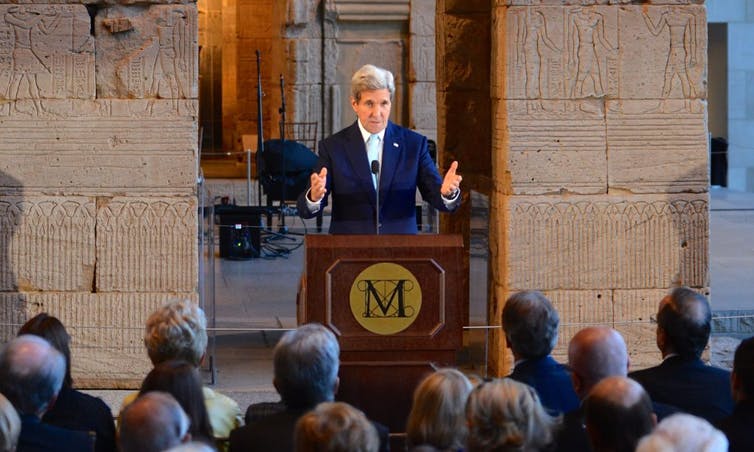How can you know that science done quickly during a crisis is good science?
This question has taken on new relevance with the COVID-19 vaccine rollout. Researchers developed vaccines in under a year – easily breaking the previous record of four years. But that pace of development may be part of the reason about 1 in 7 unvaccinated adults in the U.S. say they will never get the COVID-19 shot. This is in spite of continued assurances from infectious disease experts that the vaccines are safe.
Scientists are called on to come up with answers under pressure whenever there is a crisis, from the Challenger space shuttle explosion to the 2020 California wildfires. As they shift from “regular” to “crisis” research, they must maintain rigorous standards despite long hours, mentally demanding tasks and persistent outside scrutiny. Thankfully, science produced under urgent conditions can be just as robust and safe as results produced under normal conditions.
We are two social scientists interested in understanding how researchers can best work on urgent problems and deliver useful findings.
In a recent study, we focused on “conflict archaeologists,” an interdisciplinary group tasked with rapid assessments of archaeological destruction in Syria during the war between 2014 and 2017. Observers feared that one particular form of destruction, artifact looting, was a major source of revenue for terrorist groups, including the Islamic State. Prominent policymakers, security officials and a worried public wanted clear answers, quickly.

Then-Secretary of State John Kerry praised the work of crisis archaeologists as ‘the gold standard’ in a 2014 speech about the looting of cultural artifacts.
U.S. Department of State, CC BY
By any measure, conflict archaeologists succeeded. They produced findings that improved scientific knowledge. Their research led to a landmark bipartisan bill signed by President Obama. Perhaps most importantly, they raised public awareness of the problems associated with looting and smuggling archaeological materials.
Our latest research aimed to understand how work cultures played a role in these achievements – and what lessons can be applied in crisis science across disciplines.
What worked for conflict archaeologists
To investigate, we interviewed 35 conflict archaeologists and other scientists who worked with them. We also observed work in satellite labs and team meetings, and talked to people who used the data and analysis created by conflict archaeologists.
Those we interviewed worked in different physical locations and across multiple disciplines. If they met, they would do so remotely. And yet they were generally aware of what others in this research area were doing. Collaboration is central to doing good urgent science, and we found three key factors behind successfully working together during a crisis.
First, the percentage and distribution of effort…



